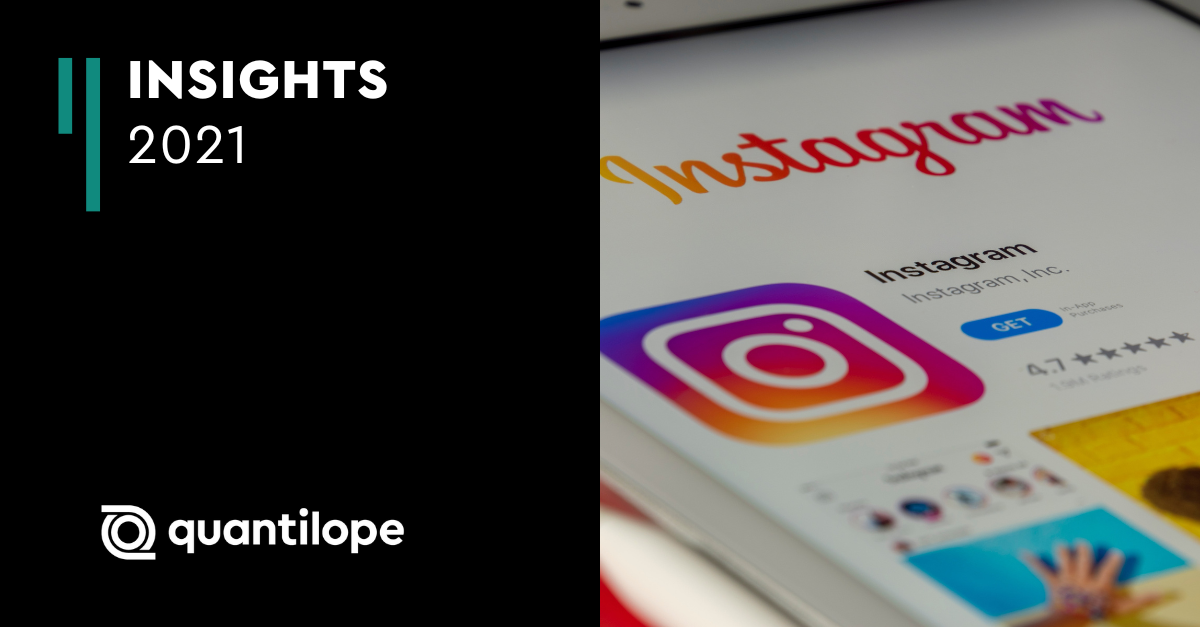Consumers trust each other's opinions. Whether it comes in the form of a personal recommendation, an anonymous review on Amazon or a testimonial on a B2B service provider's website, the word of another human being is extremely important in our purchase decisions.
In fact, around 7 in 10 consumers will take steps to reach out to a company after reading a positive review, and they'll typically spend 31% more on a business with excellent reviews. Almost nine-tenths of customers value a review as highly as a recommendation from a friend.
Collecting reviews online
Take a look at a product page on an e-commerce or retailer site like Amazon, eBay, Argos or B&Q and it's clear how reviews play a central role in convincing customers to part with their cash. Star ratings are prominently displayed to show the average review or seller feedback score, and visitors can also click through to a more in-depth view to read individual opinions, or in some cases, product questions from customers with answers from the seller.
There are numerous tools centred around customer reviews. Revoo is an online service where customers can leave their opinions of products they've bought or view the average ratings for particular products. It's also used by retailers including ebuyer.com and Mothercare to collect and display reviews on their websites – customers can feel assured that the reviews shown on these sites are transparent, as Revoo doesn't censor them. Trustpilot and Yelp are other examples of services that allow consumers to rate and research companies they're considering buying from, and there are also specialised review sites for particular industries, such as TripAdvisor for tourism and Zomato for restaurants. Even Google and Facebook can be used to see business reviews.
How can reviews help a B2C company?
The value of reviews for boosting business are clear, and reviews are even being used by some B2C companies in their own promotional materials. Innovative examples include Sonos, Kia, Schuh and Sony, who have leveraged the power of reviews on billboards, TV ads, marketing emails and in-store. Glassdoor, an online recruitment service, highlights how employers like Nando's, Unilever and Yell have used employee reviews from the site to support their employer branding in ads and online videos, or in the case of BNP Paribas, respond to negative reviews to improve the working environment at the company.
And the stats back up the value of reviews. A product with 50 reviews or more can see an increase in conversion rate of 4.6%, while 63% of customers are more likely to buy from a website that shows reviews. Customer reviews are more likely to be trusted than descriptions from manufacturers – 12 times more, according to research – and they can also be used to enhance SEO performance and improve products and services.
How about B2B?
The main difference in the ways B2C and B2B companies share their customers' opinions online is realistically a question of scale. As B2C tends to involve larger sales volumes, it makes sense to allow existing customers to leave reviews so that prospective ones can get a cross-section of their opinions. In the world of B2B services, where an individual making purchase decisions will tend to place more stock in the word of a few trusted individuals with comparable needs, customer testimonials are generally preferred.
Like reviews, statements from customers are more trusted that literature from the company itself, and this is backed up by the fact that many B2B websites include testimonials – a few notable examples include Zendesk, HubSpot and InVision. Testimonials can come in written or video form, and businesses use them on their websites, ads, blogs and social media pages. A couple of key advantages that testimonials have over reviews are that they tell a story that goes beyond the cold, hard facts, allowing them to create an emotional connection with the audience, and they describe the customer's experience with a company and the service they received rather than focussing on just the product itself. In a 2013 study, 89% of B2B marketers identified testimonials as effective, more than any other marketing tool.
Beyond words – images and videos in reviews and testimonials
Video testimonials and reviews are already fairly commonplace, and some B2B companies will also include photos and logos of clients on their testimonial pages. What's less common in this area is user-generated content, in the sense of unfiltered, home-made videos and images for review purposes. The quality of these may be lower than professionally-produced content, but this is made up for by the realness, which makes it more relatable and believable for those seeing the reviews. A great example of a company utilising UGC in this way is fashion retailer ASOS, who ask their customers to post images of themselves wearing the clothes they've bought. Anyone who does this is endorsing the brand, as a customer who's had a bad experience wouldn't bother. An example of a B2B company using customer-made video reviews to good effect is mHelpDesk.
A video review can get so much more information across – not just because of the time saved by recording or watching compared to writing or reading, but also in terms of the information that is conveyed by facial expressions and tone of voice, which is lost in written communication. Additionally, video is quite simply more engaging than text – studies have shown that videos are significantly more likely to be viewed, shared and clicked than text or image-based content. Technology easily enables customers to provide video reviews, so it's surely only a matter of time before we see the widespread adoption of this alongside written reviews on retail websites.
The power of testimonials and reviews to encourage action from prospective customers is clear, and video will likely be the next innovation to revolutionise the way customer opinions are shared, with tools like inColor enabling video testimonials to be easily collected and displayed on a web page.



